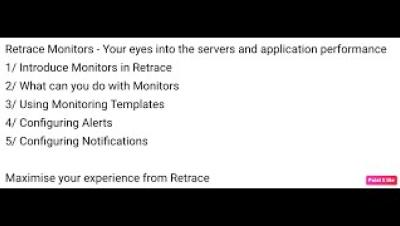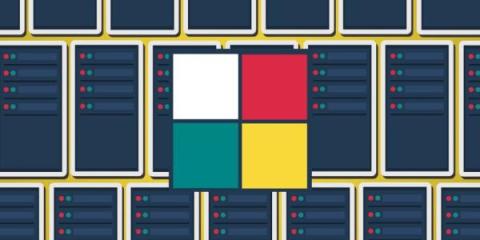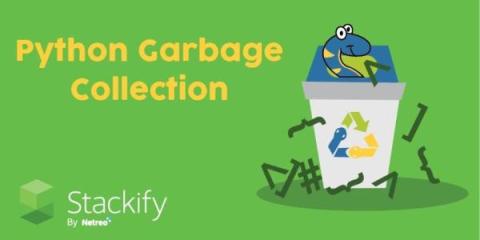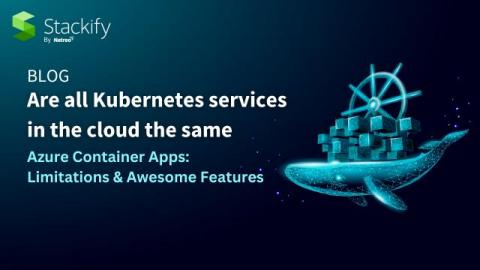Operations | Monitoring | ITSM | DevOps | Cloud
Stackify
Syslog Tutorial: How It Works, Examples, Best Practices, and More
Syslog is a standard for sending and receiving notification messages–in a particular format–from various network devices. The messages include time stamps, event messages, severity, host IP addresses, diagnostics and more. In terms of its built-in severity level, it can communicate a range between level 0, an Emergency, level 5, a Warning, System Unstable, critical and level 6 and 7 which are Informational and Debugging. Moreover, Syslog is open-ended.
What is IIS?
In this post, we’re going to take a close look at IIS (Internet Information Services). We’ll look at what it does and how it works. You’ll learn how to enable it on Windows. And after we’ve established a baseline with managing IIS using the GUI, you’ll see how to work with it using the CLI. Let’s get started!
SQL Performance Tuning: 7 Practical Tips for Developers
Being able to execute SQL performance tuning is a vital skill for software teams that rely on relational databases. Vital isn’t the only adjective that we can apply to it, though. Rare also comes to mind, unfortunately. Many software professionals think that they can just leave all the RDBMS settings as they came by default. They’re wrong. Often, the default settings your RDBMS comes configured with are far from being the optimal ones.
How to Rescue Exceptions in Ruby
Exceptions are a commonly used feature in the Ruby programming language. The Ruby standard library defines about 30 different subclasses of exceptions, some of which have their own subclasses. The exception mechanism in Ruby is very powerful but often misused. This article will discuss the use of exceptions and show some examples of how to deal with them.
Python Garbage Collection: What It Is and How It Works
Python is one of the most popular programming languages and its usage continues to grow. It ranked first in the TIOBE language of the year in 2022 and 2023 due to its growth rate. Python’s ease of use and large community have made it a popular fit for data analysis, web applications, and task automation. In this post, we’ll cover: We’ll take a practical look at how you should think about garbage collection when writing your Python applications.
Node.js Logging Tutorial
Node.js logging is an important part of supporting the complete application life cycle. From creation to debugging to planning new features, logs support us all the way. By analyzing the data in the logs, we can glean insights, resolve bugs much quicker, and detect problems early and as they happen. In this post, we will talk about the who, what, when, where, how, and why of Node.js logging. Later in this post, the “how” section will give insights into using code.
What Is Infrastructure as Code? How It Works, Best Practices, Tutorials
In the past, managing IT infrastructure was a hard job. System administrators had to manually manage and configure all of the hardware and software that was needed for the applications to run. However, in recent years, things have changed dramatically. Trends like cloud computing revolutionized—and improved—the way organizations design, develop, and maintain their IT infrastructure.
What are Microservices? Code Examples, Best Practices, Tutorials and More
Microservices are increasingly used in the development world as developers work to create larger, more complex applications that are better developed and managed as a combination of smaller services that work cohesively together for more extensive, application-wide functionality. Tools such as Service Fabric are rising to meet the need to think about and build apps using a piece-by-piece methodology that is, frankly, less mind-boggling than considering the whole of the application at once.
Are all Kubernetes services in the cloud the same? Azure Container Apps: Limitations & Awesome Features
An advanced, open-source technology called Kubernetes is used to manage, scale and deploy containerised applications automatically. Kubernetes offers a strong architecture that enables development and operations teams to effectively manage applications of several containers. Kubernetes was made by Google engineers. They shared it for free in 2014, and now a group called CNCF takes care of Kubernetes. People really like using Kubernetes to manage apps inside containers.











